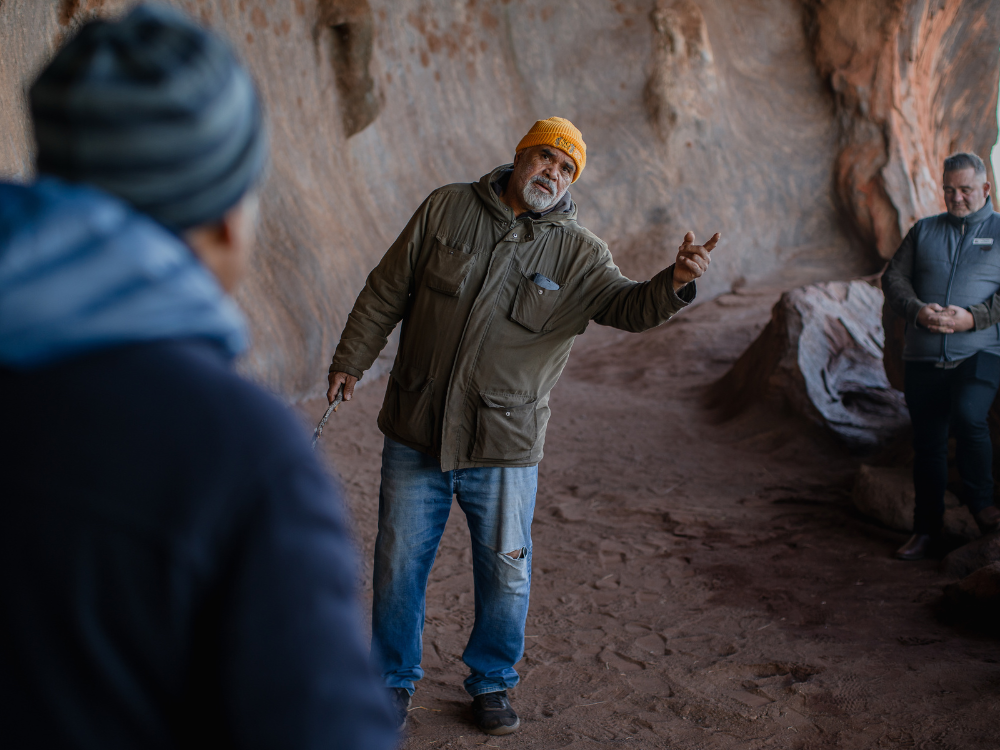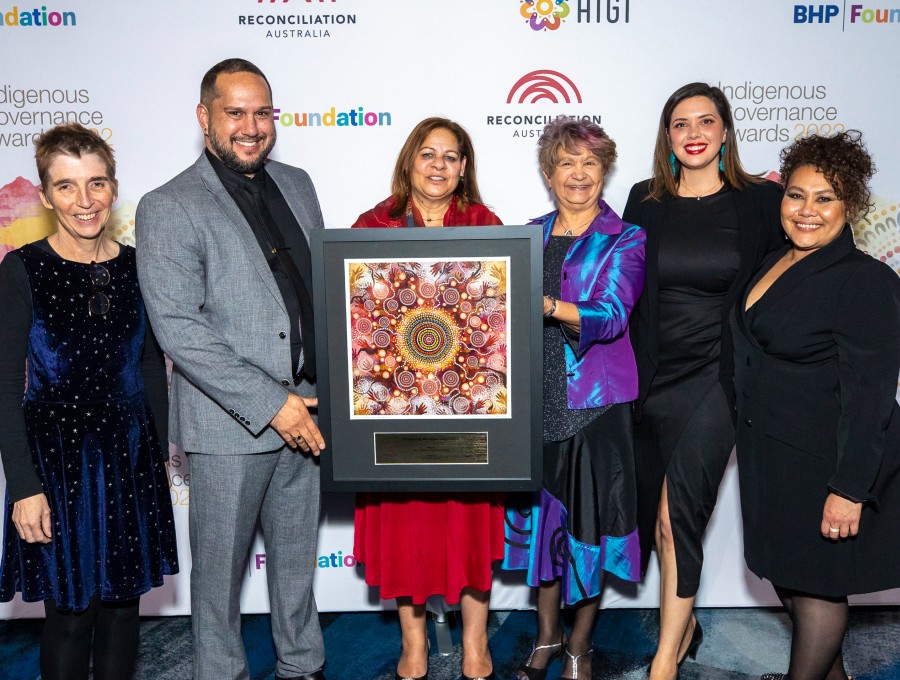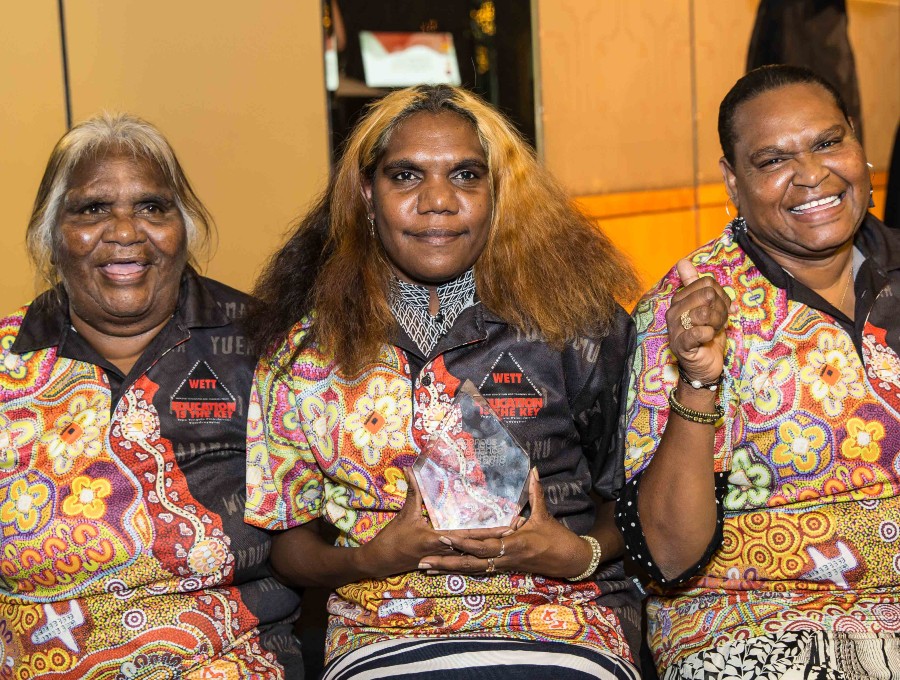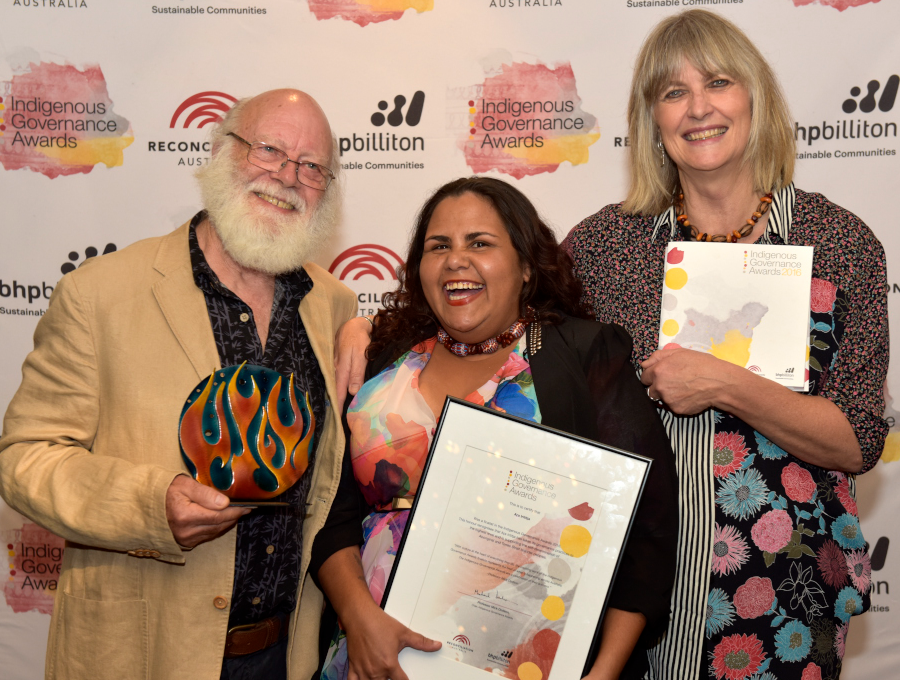Category 1
Winner – Learning on Country
The Learning on Country (LoC) Program was established in 2013 as a joint initiative between Aboriginal ranger groups and schools. Today, the program is offered across 17 Top End (NT) remote communities with 15 involved in 2024. LoC’s governance structure ensures Aboriginal ownership and control through local community committees and an all-Indigenous steering committee, which includes a representative from each community committee and provides overarching cultural and strategic guidance.
In 2023 there were more than 2800 Aboriginal middle and secondary students in LoC programs across the 17 communities.
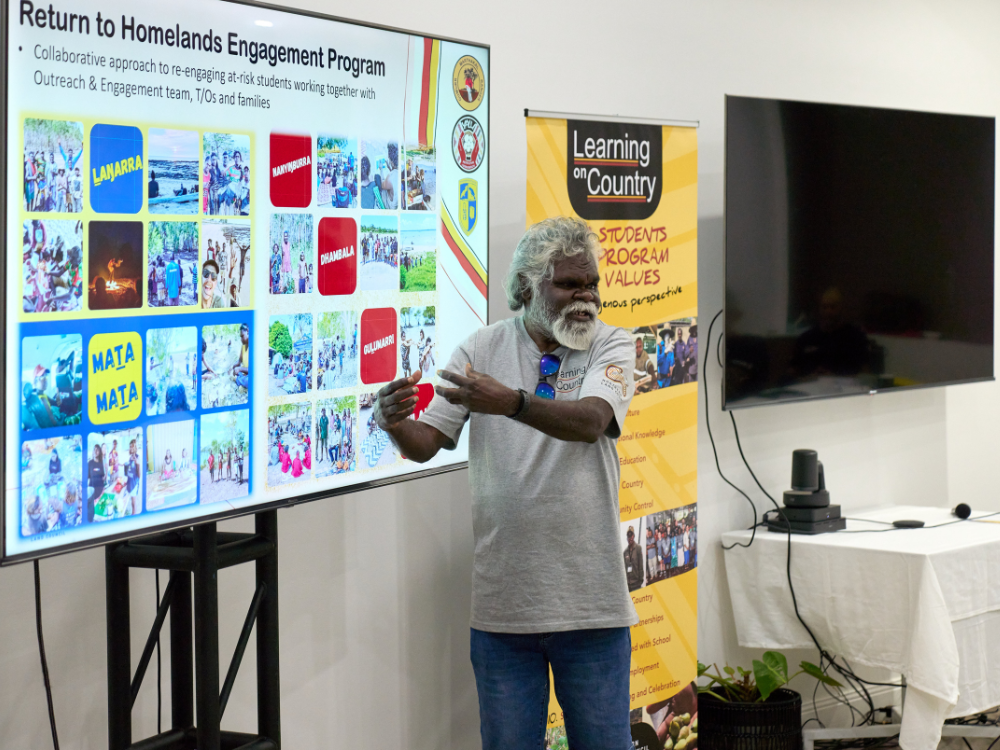
Finalist – Loddon Mallee Aboriginal Reference Group
Loddon Mallee Aboriginal Reference Group (LMARG) was established in 1997 to embody self-determination in action for the Aboriginal people of the Loddon Mallee region in northwest Victoria. Members are sourced from four key Aboriginal Community Controlled Organisations (ACCOs) which service the region.
LMARG’s activities include Bush Kinder, cultural camps, healing centres, and men’s and women’s programs to support community members, particularly Stolen Generation survivors, and young people currently in out-of-home care.
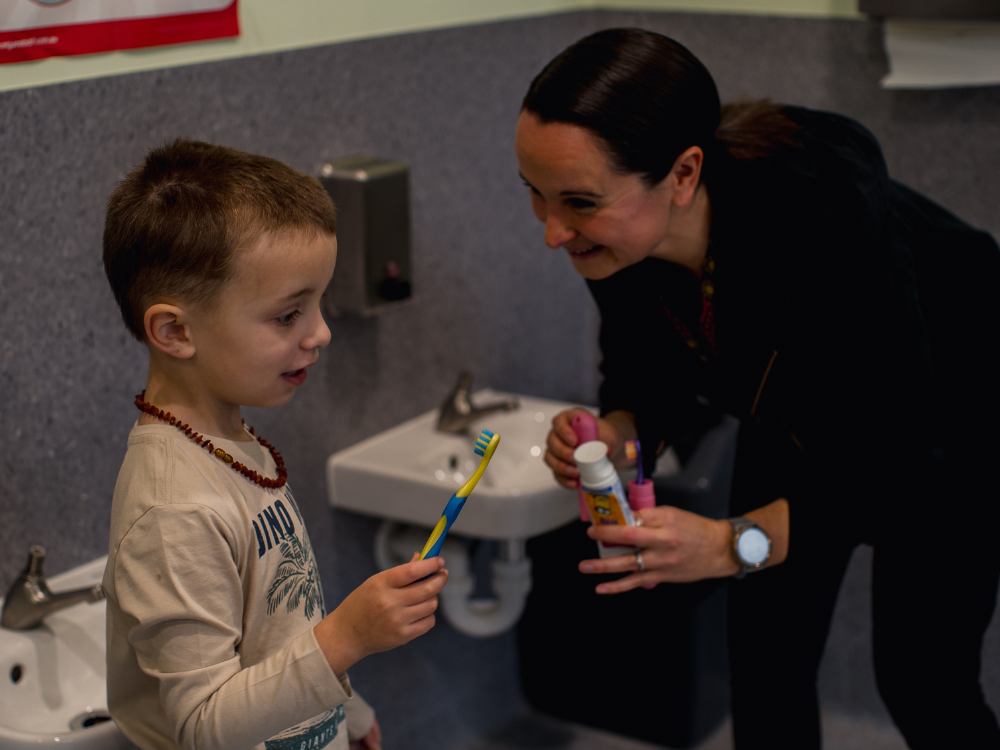
Finalist – Wintjiri Wiru
Wintjiri Wiru Working Group was established in 2020 to provide cultural authority and oversight of cultural experiences presented at the Voyages Resort near Uluru. It also manages the revenue attained from Anangu Cultural and Intellectual Property in Voyages activities.
The working group is comprised of five representatives each from the Mutitjulu and Kaltukatjara communities. Funds are distributed equally to both communities according to three categories: Cultural Strength and Capacity; Wellbeing and Social Impact, and Community Support.
Category 2
Winner – Melythina Tiakana Warrana Aboriginal Corporation
Melythina Tiakana Warrana Aboriginal Corporation (MTWAC) was established in 2008 by a group of Elders in northeast Tasmania that were determined to reclaim their people’s rightful place as the original People of Tasmania. Melythina Tiakana Warrana means Heart of Country in the local Aboriginal language.
Membership of MTWAC is limited to Tasmanian Aboriginal people who can show a direct link to northeast Tasmania. The Corporation is governed by a board of nine directors, overseen and advised by a Circle of Elders.
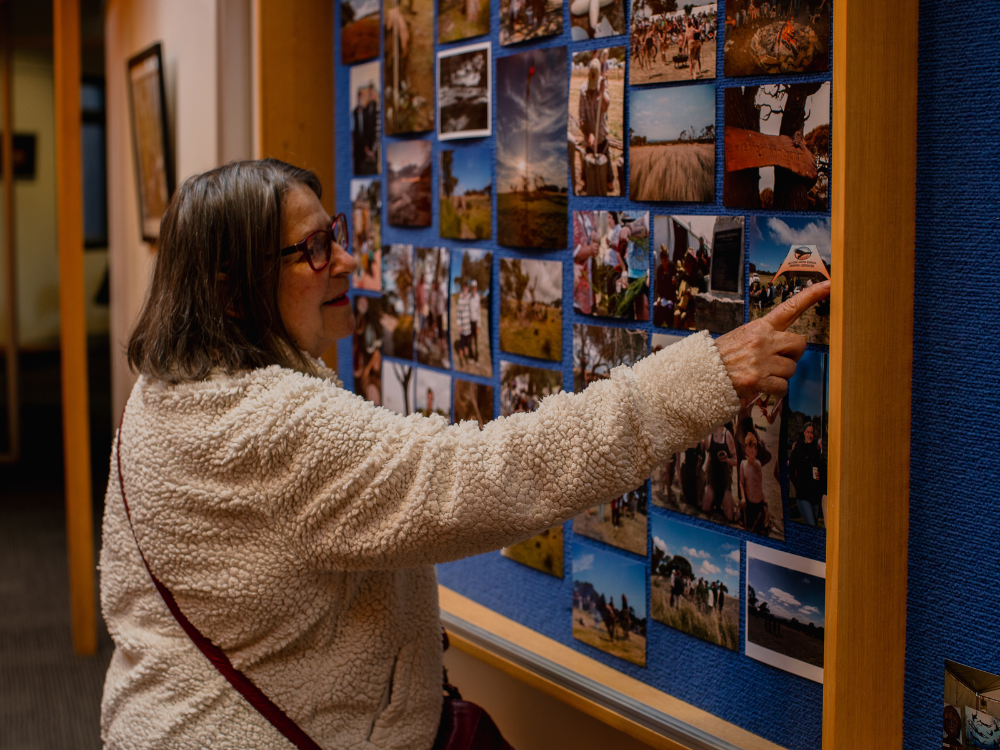
Finalist – Voice of Hope
Voice of Hope Aboriginal Corporation was established in 2022 to assist Aboriginal women in Western Australia to adjust back into community life after time spent in prison. It is a volunteer organisation governed by a six-woman board (four First Nations and two non-Indigenous), and all activities are overseen by an Elders advisory subcommittee of five Aboriginal women.
Noongar culture is central to the Walbreninj Yorga (Healing Women) Prison Program, designed to help women heal and return to family.
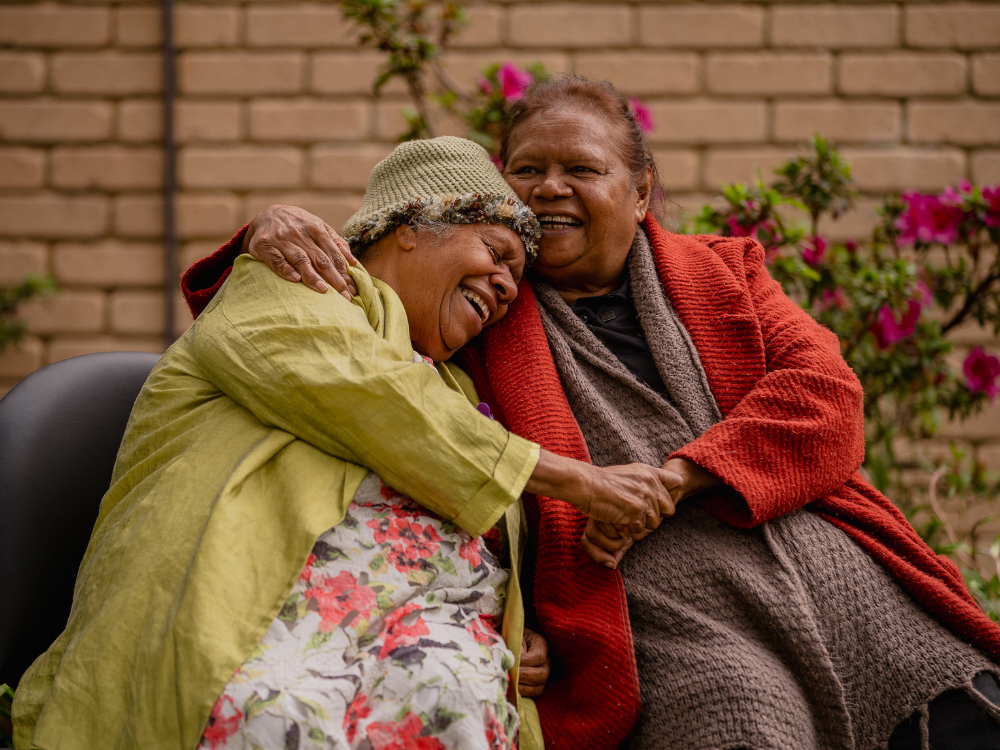
Finalist – Mibbinbah Spirit Healing
Mibbinbah was established in 2007 to support First Nations people to heal, grow, and resume their roles as nurturers, teachers, and leaders. It operates in many states across urban and rural, regional, and remote communities.
A small organisation with only three staff, Mibbinbah operates on a project-by-project basis, and approach their work with a whole of community focus. They have recently acquired some ongoing philanthropic support but continue to operate with minimal funding.
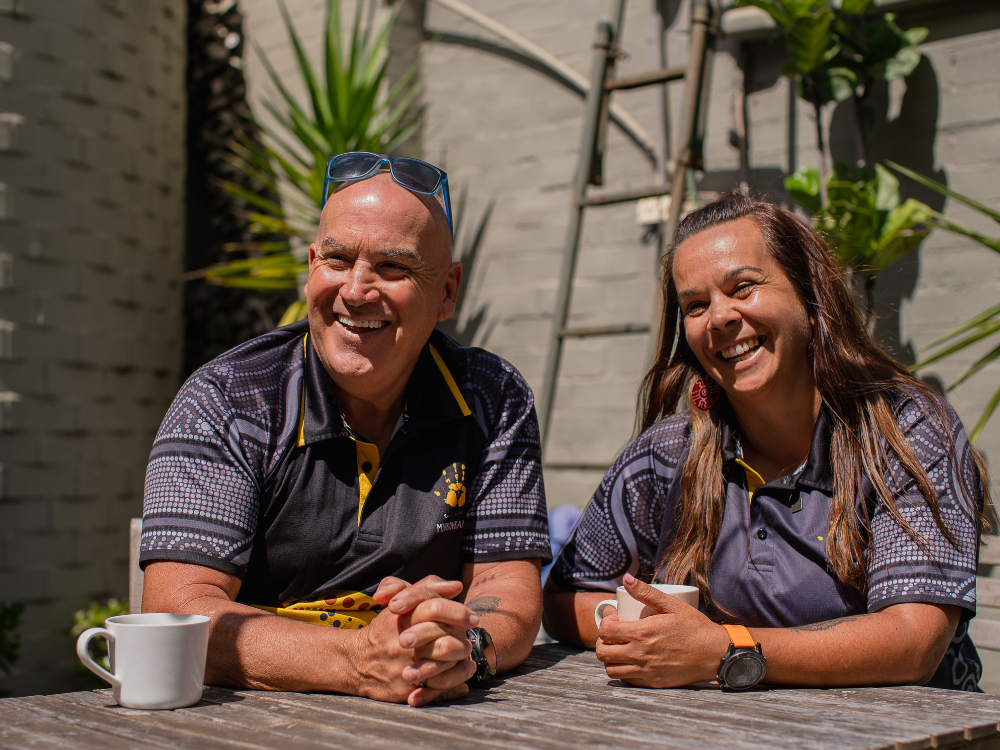
Category 3
Winner – Djarindjin Aboriginal Corporation
The Djarindjin community in Western Australia’s Dampier Peninsula was established as a defiant act of self-determination by Bardi and Jawi people escaping the control of missions in the 1980s. Djarindjin’s directors are all First Nations and residents of the community or connected outstations.
For years Djarindjin Aboriginal Corporation has been largely self-funding with revenue from its airport, the only First Nations-owned and operated independent commercial airport in Australia, run by an all-local team from across the Dampier Peninsula.
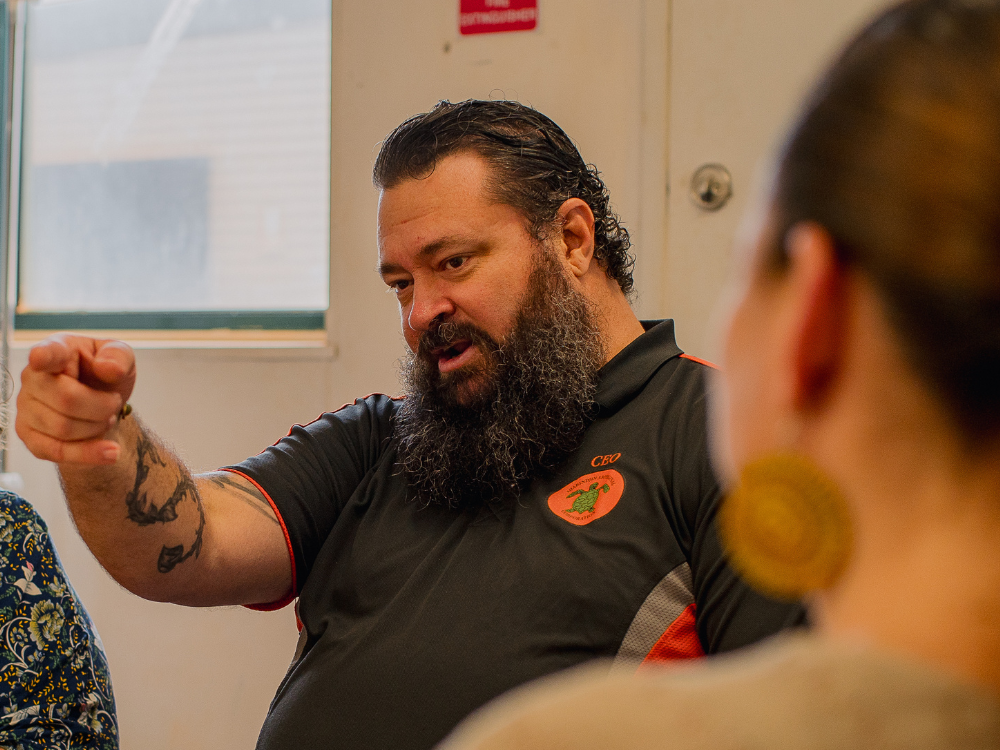
Finalist – Granites Mine Affected Areas Aboriginal Corporation
Granites Mine Affected Areas Aboriginal Corporation (GMAAAC) was established in 1991 in partnership with the Central Land Council to manage and distribute payments provided to nine Tanami communities for the operation of the Granites Gold Mine on their Country.
At least 50% of the funds received are invested for future use in communities. Each community elects a committee to prioritise, plan and fund projects; the committees elect 18 directors who oversee GMAAAC’s investments.
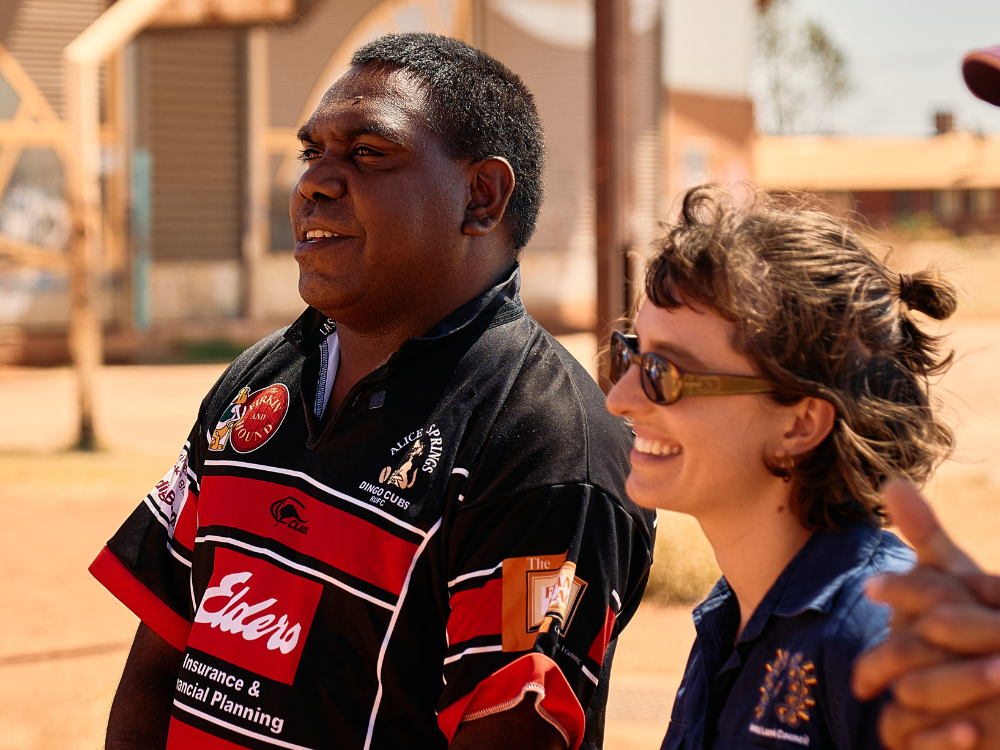
Finalist – Wajarri Yamaji Aboriginal Corporation
Wajarri Yamaji Aboriginal Corporation (WYAC) was established in May 2013 to assist with the Native Title claims of the Minangu, Burringurrah/Milly Milly, Byro and Ngoonooru land groups in the Murchison and Gascyone regions of Western Australia.
The nine-member board is comprised of representatives of the land committees of the four groups. This structure allows for local input in decision making, as WYAC works for Wajarri people by investing in programs, facilitating community and pursuing opportunity.
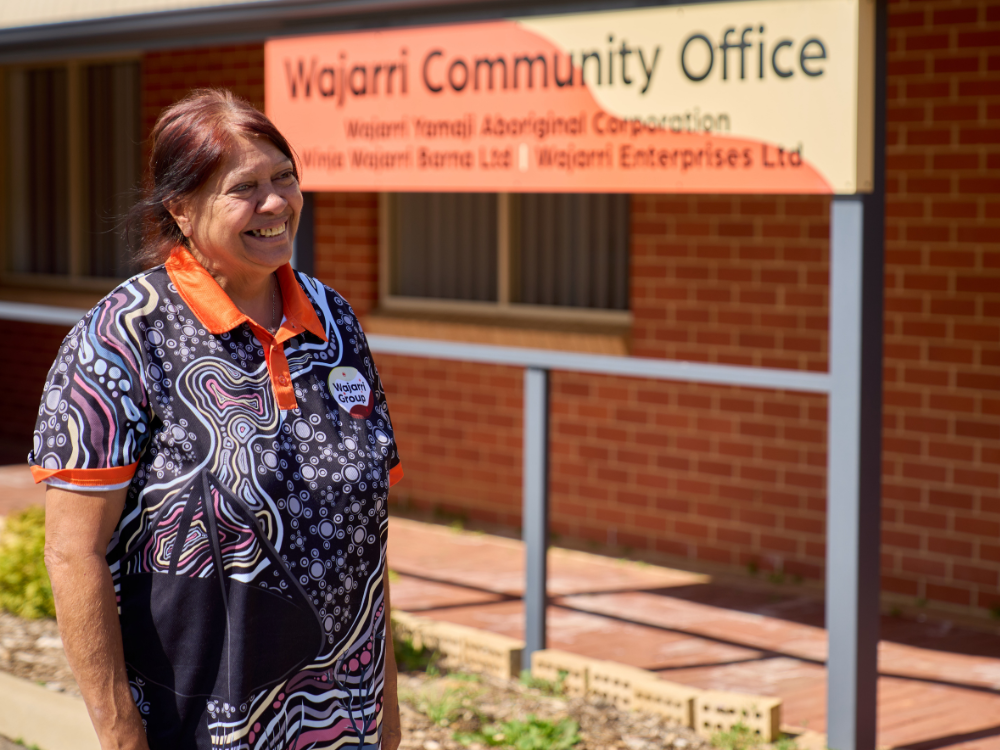
Meet the 2024 finalists
Playlist
Previous awards
Take a look at the winners and finalists from previous Indigenous Governance Awards:
The Indigenous Governance Awards 2020 were postponed due to the pandemic.

